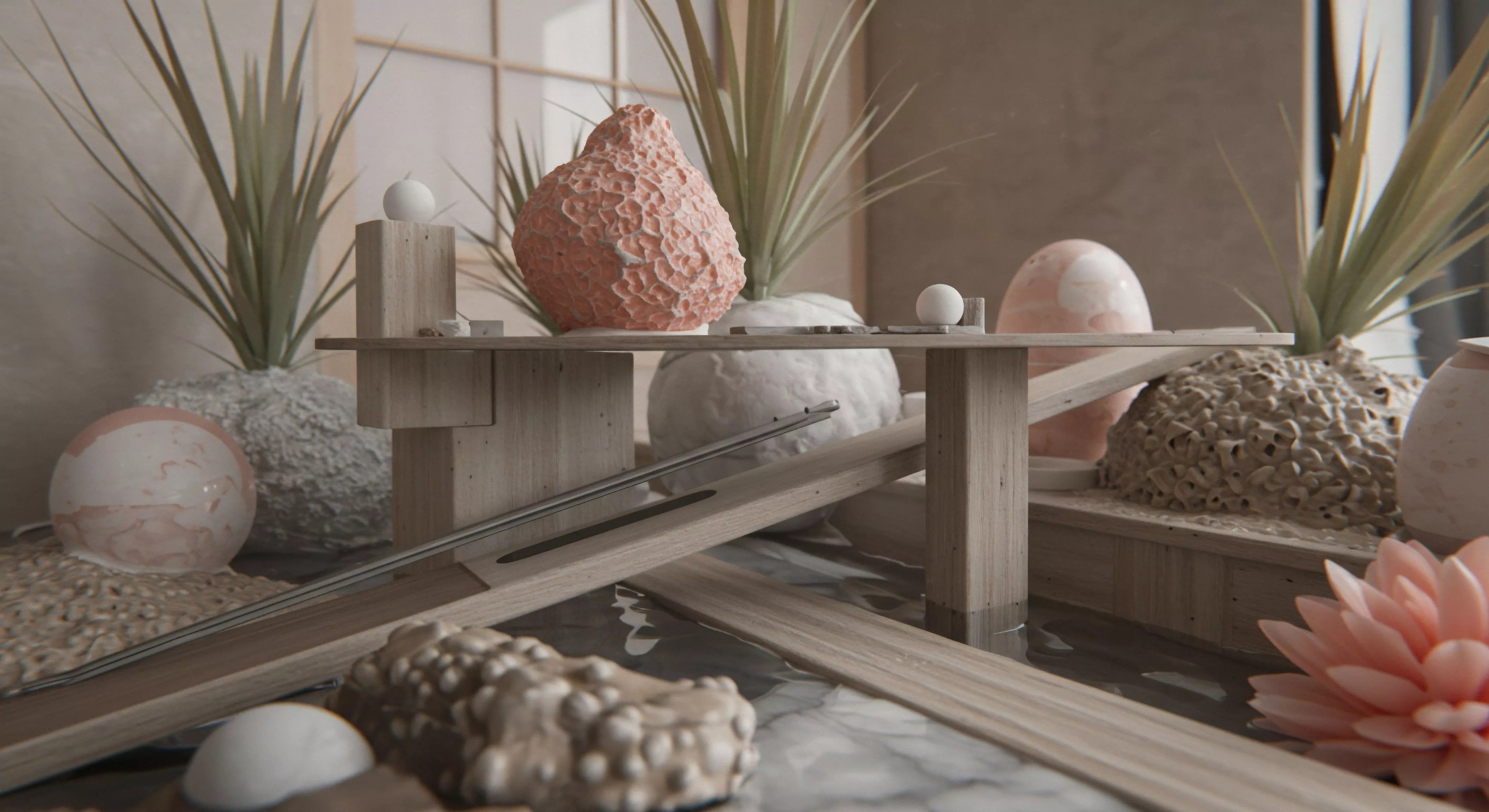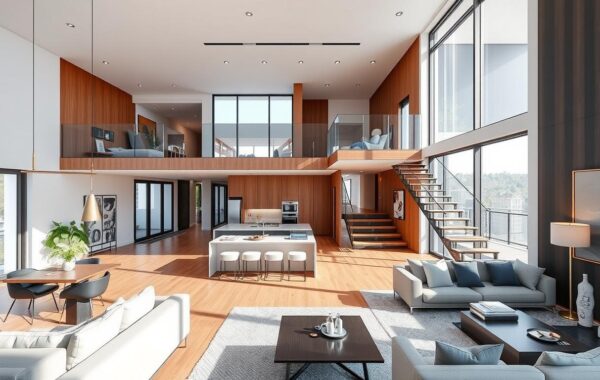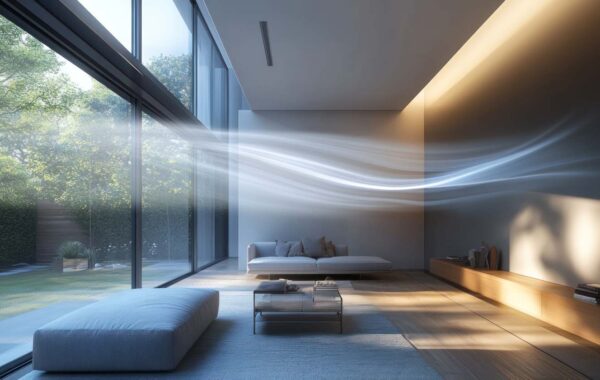In a world obsessed with fast trends and instant gratification, interior design is quietly experiencing a counter-movement—one that values patina over polish, evolution over perfection, and endurance over novelty. It’s the art of designing with materials that age gracefully—ones that develop character, richness, and warmth with time.
As a world-class interior designer and advocate for longevity in design, I believe this philosophy marks a turning point. Instead of constantly renovating to keep up, we’re now curating homes that become more beautiful with every year of use. The secret? Choosing materials that get better with age—naturally.
This approach not only adds depth and authenticity to interiors but also aligns with sustainability, emotional connection, and timeless design thinking. Below, I’ll guide you through the materials that earn their wrinkles—and how to design with them for long-term impact.

🧱 Why Aging Materials Matter
- They Tell a Story
Unlike factory-finished surfaces that stay frozen in time, aging materials develop unique marks, textures, and tones that reflect life in the space. Scratches, wear, and color shifts aren’t flaws—they’re evidence of living.
- They’re Sustainable by Nature
Long-lasting materials reduce the need for replacements, repairs, and waste. Their ability to evolve over time makes them ideal for sustainable, low-maintenance interiors.
- They Offer Timeless Appeal
While trends come and go, aged materials feel rooted. Their imperfections give them soul—and soul never goes out of style.
🪵 1. Solid Wood
There’s a reason wood has been used in interiors for centuries: it adapts beautifully to time. Whether it’s oak, walnut, teak, or reclaimed pine, solid wood darkens, softens, and gains warmth as it ages.
How to Use It:
- Wide plank wood floors that develop a natural sheen with foot traffic
- Farmhouse tables that tell stories through every dent and scratch
- Hand-carved doors or cabinetry with evolving grain patterns
Design Tip: Embrace wood with minimal finish or matte oil instead of lacquer. It allows the wood to breathe, shift, and patina naturally.
🧴 2. Natural Leather
Full-grain or vegetable-tanned leather develops a rich patina over time. The more it’s used, the softer and more lustrous it becomes.
Where to Use:
- Accent chairs or sofas that get daily use
- Leather-wrapped handles or drawer pulls
- Headboards or ottomans in reading nooks or studies
Design Tip: Avoid synthetic or bonded leathers, which tend to peel. Choose untreated or lightly treated leathers for true age-friendly results.
🪨 3. Stone: Marble, Travertine & Soapstone
Natural stone develops character through subtle wear, etching, and staining. While some see these as imperfections, they’re part of stone’s living beauty.
Best Applications:
- Kitchen countertops that gain patina from citrus, coffee, or wine
- Bathroom vanities where water use softens the surface over time
- Fireplaces with travertine or limestone that evolve with heat
Design Tip: Choose honed or matte finishes over polished ones to make aging less obvious and more harmonious.
🧱 4. Terracotta and Clay Tiles
Terracotta isn’t just for rustic villas—it’s a deeply soulful material that darkens, chips, and shines with use. Each scuff adds to its earthy charm.
Best Uses:
- Kitchen backsplashes or open shelving
- Indoor-outdoor thresholds
- Statement flooring with patterned or handmade tiles
Design Tip: Use clay tiles with visible imperfections. The human touch in their production ensures they age with grace, not just wear.
🧥 5. Metals: Brass, Bronze, and Copper
Unlike stainless steel or chrome, natural metals oxidize—meaning they change color over time. Brass darkens. Copper turns green. Bronze develops a soft, smoky hue.
Ideal For:
- Kitchen faucets and cabinet pulls
- Light fixtures or hardware accents
- Mirror frames, range hoods, or even stair rails
Design Tip: Avoid lacquering these metals if you want them to patina. Let air, skin oils, and time do their magic.
🧶 6. Linen & Natural Fabrics
Linen gets softer, more relaxed, and more beautiful with washing and use. Unlike synthetics, its texture improves with age, developing a casual elegance.
Best Spaces:
- Curtains that drape better with time
- Slipcovers or bedding that soften with every wash
- Upholstery in relaxed, neutral tones for easy wear
Design Tip: Pre-washed or stonewashed linen will age more consistently. Pair with aged woods and patinated metals for an organic, balanced palette.
🎯 How to Design for Materials That Age
- Choose Imperfection Over Immaculate
Let go of the need for perfect surfaces. Select materials that can take a hit—and look better for it. - Layer Textures, Not Trends
Mix materials like wood, leather, linen, and stone for a space that feels curated, not decorated. - Go Low-Maintenance
Select finishes that don’t need polishing or constant sealing. Let life leave its mark. The goal is to live with your home, not just in it. - Think Long-Term Use
Design for how you want the space to feel in five, ten, or twenty years. Make material choices that age as your life does—gracefully and beautifully.
✨ Final Thought: Let Your Home Evolve With You
Design isn’t just about the present—it’s a dialogue with the future. When you choose materials that get better with age, you’re not just creating a home—you’re creating a legacy of living beautifully.
In a world of instant everything, aging well is the real luxury. And when your floors, countertops, hardware, and fabrics tell the story of your life—scratches and all—that’s design worth celebrating.


